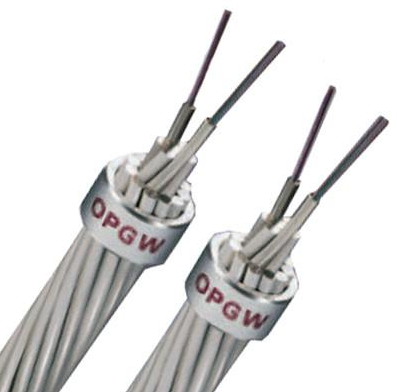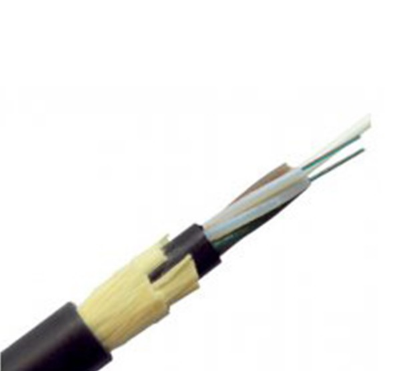OPGW or ADSS, when dealing with outdoor fiber cabling, might be tough sometimes due to the difference in cabling designs, environment, and costs.
OPGW, generally as OPGW optical cable, the full name is Optical Fiber Composite Overhead Ground Wire. Moreover, regarding its structural form, it can have dual functions of grounding and communication.
OPGW is primarily for the electric utility industry, installed in the secure topmost position of the transmission line. Furthermore, it “shields” the all-important conductors from lightning while providing a telecommunications path for internal as well as third-party communications.
In addition, it is also the overhead ground or shield wire mounted at the tops of transmission line poles or towers. Embedded in the center of the wire is a set of fiber optic filaments for relay operations, SCADA, communications, phone service, internet transmission, etc.

An OPGW suspension assembly, used for OPGW cables, has the following advantages:
·An OPGW suspension assembly, which makes sense in reducing the compressive stress at the electrostatic support point.
·It can advance the OPGW cable to buffer the dynamic wind vibration stress.
·The combination of protective elastomer inserts, HSU rods, and reinforcement rods provides resistance to bending stress.
Regarding the protection, the OPGW cable gradually hardens until the suspension point is protected by the double rod set and elastomer inserts.
ADSS optical cable is known as an all-dielectric self-supporting aerial optical cable. What’s more, it adopts a stranded loose tube design, which makes the cable adaptable to various extreme conditions.

As it is, ADSS cable uses American DuPont Aramid as the outer reinforcement. Thus to make tensile excellent enough to meet various span requirements. The optical cable can adopt a single or double layer sheath, which depends on actual situations. Additionally, can use a special tracking resistant sheath material (AT) to protect the cable when the induced voltage of the power cable reaches 12kV or the line voltage is over 110kV.
The differences between OPGW and ADSS are mainly structure and performance.
·The optical fiber has a loose tube structure in the sleeve
·The cable core structure is stranded
·The stranding method is SZ stranding
·The outer sheath has the function of preventing electric corrosion
·The main load-bearing component is aramid yarn
·Optical fiber unit (stainless steel tube, aluminum-clad stainless steel tube)
·Metal mono-filament (aluminum-clad steel, aluminum alloy) peripheral reinforcement
·Strengthen the periphery of the aramid yarn to protect the fiber when shot at a distance of about 10 meters.
·No metal, anti-electromagnetic interference, lightning protection, or strong electromagnetic field resistance.
·Excellent mechanical and environmental performance.
·Lightweight and convenient construction.
·Utilize existing poles and towers to save line construction costs.
·Can be erected with power to reduce the loss caused by the power outages.
·Be independent of the power line and convenient for maintenance.
·It is a self-supporting optical cable and does not need hanging wires.
·All metal.
·Excellent mechanical and environmental performance.
·It has good matching with the ground wire, and the mechanical and electrical properties are almost the same.
·Realize optical fiber communication, while shunting short-circuits current to guide lightning current.
Contact: Andy Huang
Phone: 0086-755-89239407
E-mail: sales@beskco.com
Add: No.3106,Longgang Avenue,Pidi Town, Longgang District, Shenzhen China
We chat